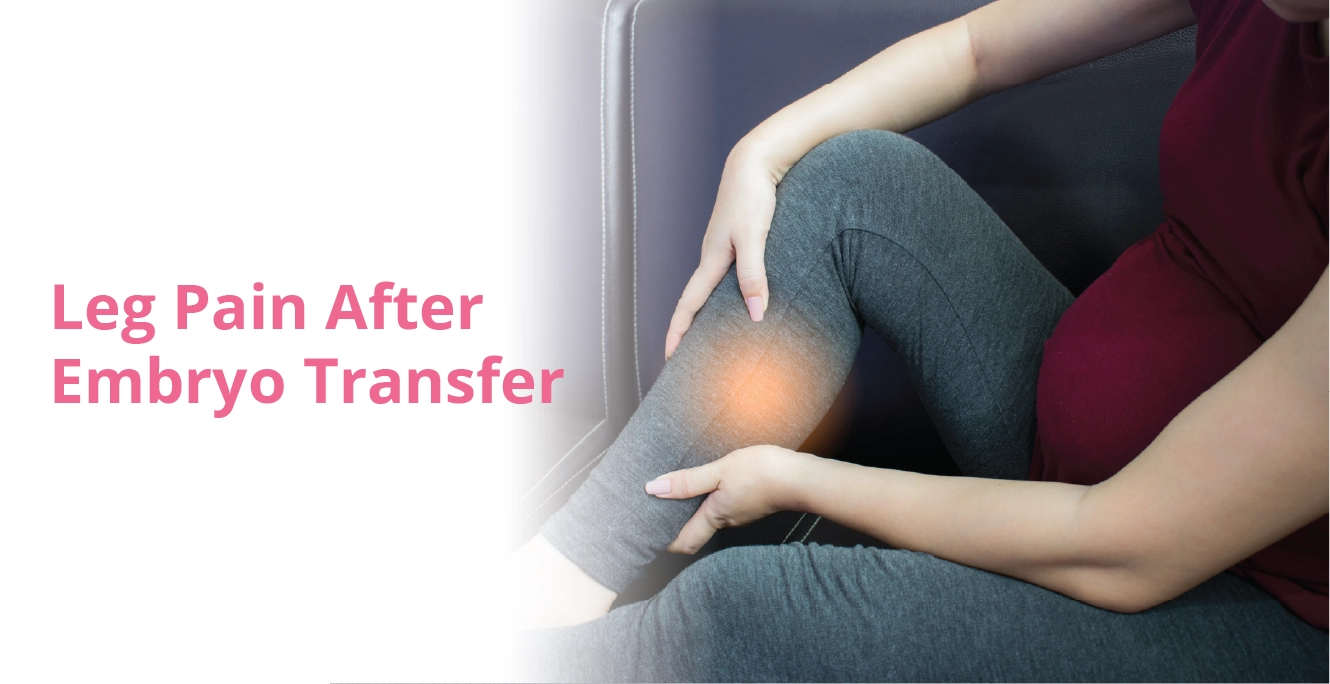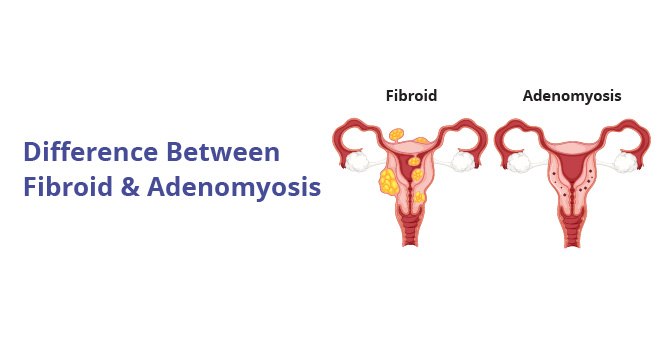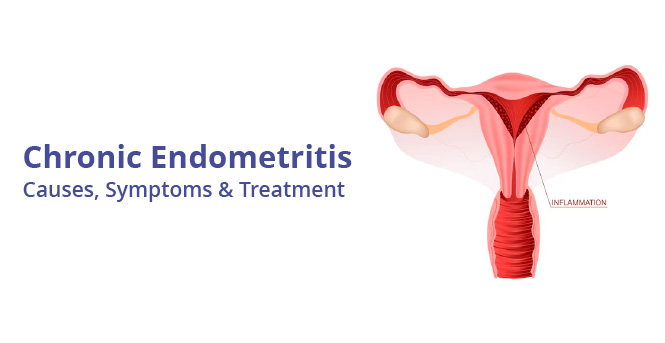
Arcuate Uterus (Heart-Shaped Uterus) – Causes, Symptoms Treatment & Implications

Table of Contents
- What is an Arcuate Uterus?
- Types of Uterine Abnormalities
- Implications of an Arcuate Uterus
- Causes of an Arcuate Uterus
- Symptoms of an Arcuate Uterus
- Diagnosis of an Arcuate Uterus
- Complications of Arcuate Uterus
- Treatment of an Arcuate Uterus
- Can You Have a Normal Pregnancy with an Arcuate Uterus?
- Does Arcuate Uterus Impact Delivery?
- How to Prevent Pregnancy Complications
- FAQs:
Being told you have an arcuate uterus can be confusing, especially if you are trying to conceive or are already pregnant. Simply put, it is a mild variation in the shape of the uterus, with a slight dip at the top. This mild uterine anomaly is often discovered incidentally during fertility evaluations or pregnancy scans. But what does it mean for your reproductive health? Can it affect your chances of a successful pregnancy? Let’s break it down with clarity and reassurance.
What is an Arcuate Uterus?
- An arcuate uterus is a congenital uterine malformation in which the top part of the uterus is slightly indented.
- The uterus usually resembles an upside-down pear. When you have an arcuate uterus, your uterus is not rounded or straight at the top and instead has a dent in the top portion. Generally, it is considered a normal variation of the uterus.
- A study reports that an arcuate uterus is quite prevalent, i.e., around 11.8 per cent of women have an arcuate uterus. According to the American Fertility Society (AFS), an arcuate uterus is a genetic mullerian anomaly that does not impose much influence on the reproductive potential of a woman.
- However, there can be a definite adverse impact on the course of your pregnancy due to complications caused by a severe arcuate uterus.
The Arcuate Measure classifies an arcuate uterus into three categories of levels:
- Mild arcuate: The indentation lies between 0 and 0.5 cm
- Moderate arcuate: The indentation is more than 0.5 cm and less than 1 cm
- Severe arcuate: The indentation is more than 1 cm and less than 1.5 cm

Types of Uterine Abnormalities
Uterine anomalies are congenital malformations of the uterus that often occur when the Müllerian ducts don’t fuse or develop properly. The most common types other than arcuate uterus include:
- Bicornuate Uterus – A heart-shaped uterus with two cavities, which may lead to pregnancy complications.
- Septate Uterus – A fibrous band divides the uterus partially or completely, potentially increasing miscarriage risk.
- Didelphic Uterus – A rare condition where two separate uteri form, often requiring medical attention.
Implications of an Arcuate Uterus
1. Fertility and Conception
A mild arcuate uterus usually does not interfere with conception. Unlike conditions that cause scarring or blockages, it does not prevent sperm from reaching the egg or hinder implantation. However, in rare cases, uterine abnormalities can contribute to female infertility, making it important to seek expert evaluation if conception is taking longer than expected.
2. Pregnancy and Potential Risks
Most women with an arcuate uterus experience a successful pregnancy without complications. However, in some cases, this anomaly has been linked to:
- Recurrent miscarriage – While uncommon, some studies suggest a slightly higher risk due to possible blood flow restrictions in the uterine lining. If you have experienced multiple pregnancy losses, it is advisable to find the cause.
- Premature birth – Some research indicates a minor increase in preterm birth risks, though it is far less concerning than in more severe uterine anomalies.
3. Menstrual Cycle Considerations
An arcuate uterus generally does not cause irregular periods, painful menstruation, or heavy bleeding. If you experience these symptoms, you should consult a specialist to find the underlying cause.
Causes of an Arcuate Uterus
An arcuate uterus is a genetic defect. It develops because of a Mullerian duct anomaly.
Typically, when you are still an embryo in the womb, the developing embryo forms two Mullerian ducts. A uterus and two functioning fallopian tubes grow from these Mullerian ducts when they unite symmetrically.
But in the case of an arcuate uterus, though there are two Mullerian ducts, they fail to combine. This, in turn, leads to failure in the resorption of the uterovaginal septum (a septum that causes a gap or divides the uterus into two parts).
Hence, there is a dent in the top part of the uterus where the ducts fail to fuse.
Symptoms of an Arcuate Uterus
Usually, you will not experience symptoms like severe abdominal pain, miscarriages, etc., with a mild or moderate level of an arcuate uterus. You probably won’t even realise that you have an arcuate uterus until you go for imaging tests like an ultrasound.
However, if you have a severe level of an arcuate uterus, you may experience the arcuate uterus symptoms manifested in various forms. You can experience painful menstruation and difficulty in conceiving.
Research reveals that because of an arcuate uterus, you can have excessive uterine bleeding and a relatively lower-term delivery rate. Moreover, a study suggests that you are susceptible to a higher risk of miscarriages in your second trimester, preterm labor, and other pregnancy complications due to an arcuate uterus pregnancy.
Diagnosis of an Arcuate Uterus
Generally, a person with an arcuate uterus does not show any symptoms, and the condition goes unnoticed. However, in the routine test for infertility, an arcuate uterus can be diagnosed. To get a clear picture of the condition and to initiate suitable treatment, an expert may recommend a few diagnostic tests such as:
3D Ultrasound(USG)
- An arcuate uterus ultrasound is used to get a detailed picture of your uterus. In this imaging test, a sonographer applies gel to your abdomen and glides a hand-held scanner (transducer) across your skin.
- A doctor can also request a transvaginal ultrasound to obtain a more thorough picture of your uterus. It will entail inserting a sterile transducer that is only slightly wider than a finger into your vagina. Though this will not hurt, it can feel unpleasant.
MRI Scan
A radiographer performs an MRI scan. You are required to lie still on a flatbed as it gently travels through a big scanner. It doesn’t hurt at all and lasts a little over an hour.
Sometimes, a particular sort of dye injection may be suggested by your radiographer to enhance the visibility of tissues and blood vessels during this imaging process.
Hysterosalpingography(HSG)
Hysterosalpingography (HSG) is a diagnostic procedure used to assess the uterus and fallopian tubes. In this procedure, a contrast dye is injected into the uterine cavity while X-ray images are taken to evaluate the uterine shape, size, and the patency of the fallopian tubes. The procedure helps identify any abnormalities in the uterine structure, such as fibroids, polyps, or congenital malformations, and also checks whether the fallopian tubes are open or blocked. It is commonly used in fertility assessments to help diagnose potential causes of infertility.
Laparoscopy
This test enables a physician to access the interior of your abdominal cavity. The uterus, fallopian tubes, and ovaries are visible for assessment due to an abdominal wall camera insertion.
After your diagnosis turns out to be positive for an arcuate uterus and the level is mild or moderate, it will not cause any trouble, and there is no need for an arcuate uterus treatment.

Complications of Arcuate Uterus
While an arcuate uterus is generally considered a mild uterine anomaly, in some cases, it may lead to complications such as
- Recurrent miscarriage – Though rare, some studies suggest a slightly higher risk due to changes in uterine shape that may affect implantation.
- Premature birth – A minor increase in the risk of preterm labor has been noted in some cases.
- Fetal malpresentation – The altered uterine shape may sometimes lead to breech or transverse fetal positioning.
- Reduced implantation efficiency – In rare cases, the indentation in the uterine cavity could impact embryo implantation, potentially affecting fertility.
Most women with an arcuate uterus have successful pregnancies, but if you have a history of recurrent miscarriage or preterm labor, consulting a specialist is recommended.
Treatment of an Arcuate Uterus
Since an arcuate uterus usually does not impact fertility or pregnancy, in most cases it does not require any treatment. However, if a woman is facing complications such as recurrent miscarriages, medical intervention is required.
- Monitoring – Since an arcuate uterus is usually harmless, doctors may recommend regular check-ups during pregnancy to monitor fetal development.
- Surgical Correction – In rare cases where the indentation is severe and causing pregnancy loss, a minimally invasive procedure like hysteroscopic metroplasty may be considered.
- Assisted Reproductive Techniques (ART) – If fertility issues persist, treatments like IVF may help improve pregnancy chances.
Can You Have a Normal Pregnancy with an Arcuate Uterus?
Yes. Many women with an arcuate uterus go on to have successful pregnancies and healthy deliveries. Most do not require special monitoring beyond standard prenatal care.
However, if you have a history of recurrent miscarriage, consult a specialist for further evaluation. Conditions like endometriosis or hormonal imbalances could also play a role in pregnancy challenges.
Does Arcuate Uterus Impact Delivery?
An arcuate uterus does not affect the delivery of a baby in most cases. Normal deliveries are possible with an arcuate uterus unless there are other complications that warrant a C-section. Your doctor may recommend additional ultrasounds to monitor fetal growth and position, especially in the third trimester.
How to Prevent Pregnancy Complications
Since the arcuate uterus is congenital, you cannot prevent the condition but you can ensure a healthy pregnancy. If you are facing difficulties in conceiving, talk to a fertility expert who can help you find the cause and guide you on the right treatment. Early diagnosis of uterine anomalies can help manage any potential concerns. Therefore, regular check-ups and monitoring of reproductive health are important.
FAQs:
Can I Conceive Naturally With an Arcuate Uterus?
Ans. Yes. If you have a mild to moderate arcuate uterus, your ability to conceive will not be affected, and you will be able to conceive naturally without facing any problems. On the other hand, in the case of a severe arcuate uterus, pregnancy is possible. But you run a high risk of suffering from a miscarriage, preterm labor, and C-section delivery.
Can I Get Pregnant With an Arcuate Uterus?
Ans. Yes, you can get pregnant with an arcuate uterus. Having an arcuate uterus does not adversely impact your ability to become pregnant. Though with a severe arcuate uterus, you are at a high risk of experiencing complications in the later stages of pregnancy.
Does Arcuate Uterus Cause Miscarriage?
An arcuate uterus is a mild uterine anomaly that typically doesn’t cause significant fertility problems. However, it may slightly increase the risk of miscarriage, particularly in the early stages of pregnancy. The abnormal shape of the uterus can affect embryo implantation, but most women with an arcuate uterus have successful pregnancies. Regular monitoring and consultation with a healthcare provider are recommended if complications or recurrent miscarriages occur.
Our Fertility Specialists
Related Blogs
To know more
Birla Fertility & IVF aims at transforming the future of fertility globally, through outstanding clinical outcomes, research, innovation and compassionate care.
Had an IVF Failure?
Talk to our fertility experts

 Our Centers
Our Centers

















